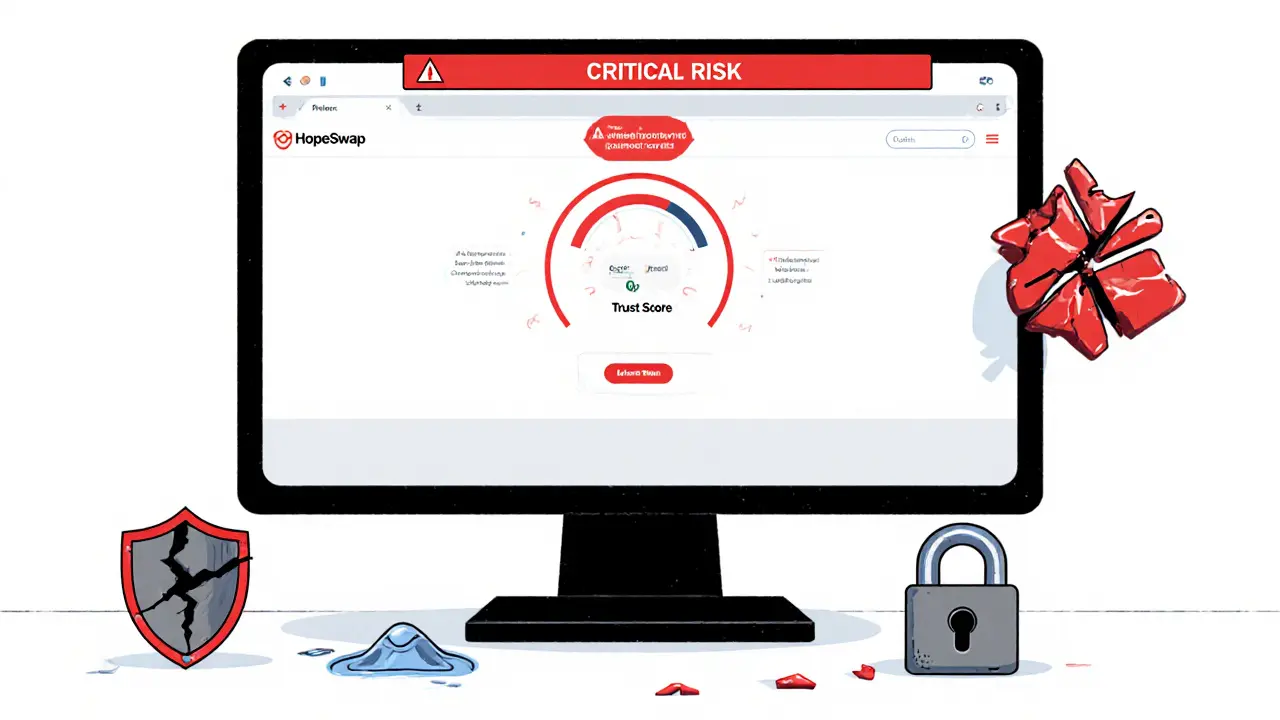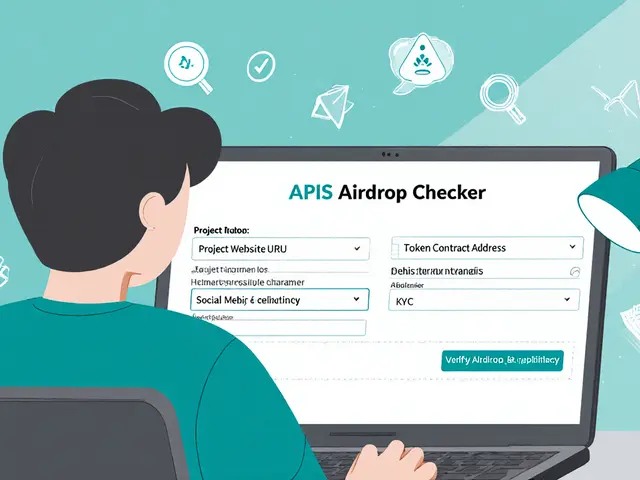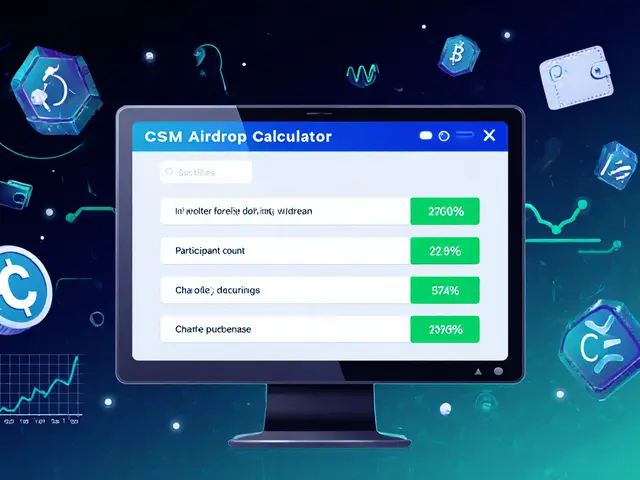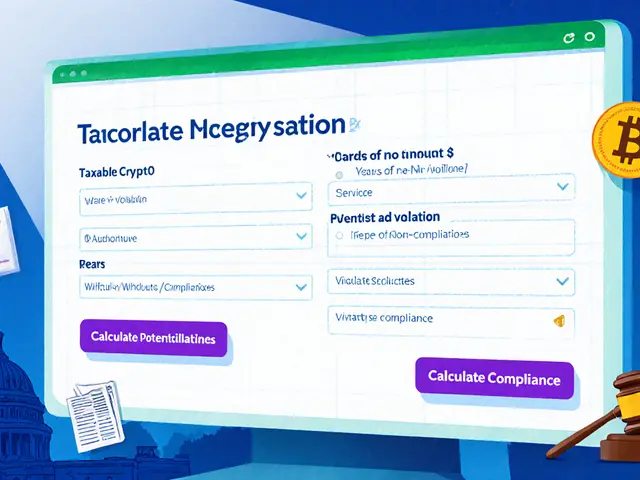Trust Score: How We Rate Crypto Projects and Platforms
When looking at trust score, a numeric rating that tells you how reliable a crypto project or platform is. Also called a reliability index, it blends several signals into a single figure. The same framework also evaluates crypto exchange rating, how safe and compliant a trading venue is, checks airdrop verification, whether a token giveaway is legit or a scam, reviews utility token compliance, how well a token follows regulations like MiCA or the Howey test, and measures blockchain security, the strength of the underlying protocol against attacks. In short, a trust score encompasses all these sub‑scores to give a one‑stop safety snapshot.
Why Trust Score Matters
The core idea behind a trust score is simple: investors need a quick, comparable metric to cut through hype. That means the score requires reliable data, transparent methodology and regular updates. We pull on‑chain activity, audit reports, regulator filings and community sentiment. Each attribute – security, compliance, liquidity, team credibility – gets a weight based on how much it influences overall risk. For example, strong blockchain security influences the trust score positively, while a missing airdrop verification drags it down. By turning dozens of factors into a single number, the score helps you decide if a new exchange, a fresh token drop, or a utility token meets your risk appetite.
In practice, a high trust score signals that a platform has passed most of our checks: its code is audited, its team is public, its KYC/AML processes meet local laws, and its token economics are transparent. Low scores usually flag red flags like unverified airdrops, missing compliance paperwork, or recent security breaches. This binary view lets you filter out bad actors before you even sign up, saving time and protecting your capital. Whether you’re hunting for a new DEX, scanning a list of upcoming airdrops, or evaluating a utility token’s legal standing, the trust score gives you a common reference point.
Our methodology blends quantitative metrics with qualitative reviews. We track on‑chain volume, token holder distribution, and smart‑contract audit grades to assign numeric values. Then a team of analysts adds context – for instance, a regulator’s recent crackdown or a project's legal opinion – and adjusts the score accordingly. The final rating ranges from 0 (high risk) to 100 (very safe) and updates weekly as new data arrives. This dynamic approach means the score stays relevant in a fast‑moving market and reflects real‑time changes like a sudden security patch or a newly issued compliance certificate.
Below you’ll find a curated set of articles that dive deeper into each piece of the trust score puzzle: from how we rate crypto exchanges and verify airdrops, to the nitty‑gritty of utility token regulation and blockchain security best practices. Use these reads to see the score in action, learn the underlying criteria, and apply the insights to your own trading or investing decisions. Ready to explore? Let’s get into the details of each topic and see how they shape the trust scores you’ll rely on.
A thorough review of HopeSwap crypto exchange covering trust score, liquidity, security, and how it compares to major platforms, with clear guidance for traders.



 Finance
Finance




